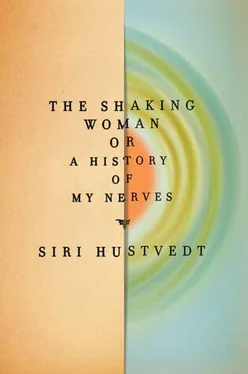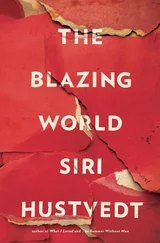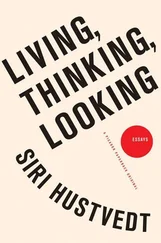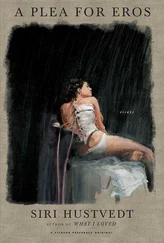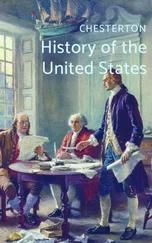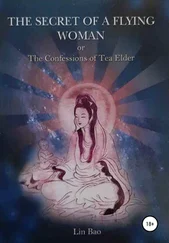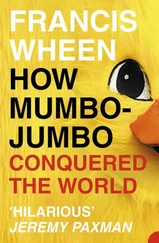181. Oliver Sacks, “Witty Ticky Ray,” The Man Who Mistook His Wife for a Hat (New York: Summit Books, 1995), 92–101.
182. Alice W. Flaherty, The Midnight Disease: The Drive to Write, Writer’s Block, and the Creative Brain (Boston: Houghton Mifflin, 2004), 234.
183. Panksepp, Affective Neuroscience, 311–13.
184. Antonio Damasio, The Feeling of What Happens: Body and Emotion in the Making of Consciousness (San Diego: Harvest Harcourt, 1999), 134–43.
185. Michael S. Gazzaniga, Nature’s Mind: The Biological Roots of Thinking, Emotions, Sexuality, Language and Intelligence (New York: Basic Books, 1992), 2.
186. Stephen Pinker, The Blank Slate: The Modern Denial of Human Nature (New York: Viking, 2002).
187. For an intelligent discussion of innateness versus learning, see LeDoux’s comments on the subject in Synaptic Self, 82–93. There is a vast body of scientific literature on the effects of maternal nurture, as well as maternal separation, on offspring that is not cited by Pinker. The subjects of these studies run the gamut from rats and mice to primates and human beings. For a collection of eighty-two papers from researchers in various but related disciplines, see John T. Cacioppo et al., eds., Foundations in Social Neuroscience (Cambridge, MA: MIT Press, 2002). Included are neurobiological studies on rats that specifically address the question of genetic and environmental interaction: Liu et al., “Maternal Care, Hippocampal Glucocortoid Receptors, and Hypothalamic-Pituitary-Andrenal Response to Stress”; and Francis et al., “Nongenomic Transmission Across Generations of Maternal Behavior and Stress Response in the Rat.” See also Jaak Panksepp’s discussion of the brain systems for social attachment and separation distress in Affective Neuro-science . There is a burgeoning literature of research on infant and child attachment, a field pioneered by John Bowlby in his three-volume master-work Attachment and Loss (New York: Basic Books, 1969).
188. D. W. Winnicott, “Ego Distortion in Terms of True and False Self,” in The Maturational Processes and the Facilitating Environment (London: Karnac, 1990), 140–52.
189. Henry James, What Maisie Knew (Oxford: Oxford University Press, 1996), 22–23.
190. William James, The Principles of Psychology (1892; repr., Chicago: Encyclopaedia Britannica, 1952), 194.
191. Ibid., 201.
192. Ibid., 202.
This book began with a talk I gave at New York Presbyterian Hospital as part of a series of Grand Rounds lectures hosted by Columbia University’s Program in Narrative Medicine. Rita Charon, the director of the program, invited me to speak. Her enthusiasm and generosity about what I had to say acted as a vital catalyst for this book. The now-disbanded neuropsychoanalysis discussion group I attended for two years, led by Jaak Panksepp and the late Mortimer Ostow, not only introduced me to the vast field of neuro-science research, it allowed me to listen to (and sometimes participate in) the complex debates that surround the integration of two disciplines that have entirely different vocabularies. The neuro-science lectures, hosted by the Neuropsychoanalysis Foundation at the New York Psychoanalytic Institute, were crucial to increasing my understanding and inspiring directions for my reading. I want to thank Dahelia Beverle, my supervisor at the Payne Whitney Psychiatric Clinic in New York City, where I volunteer as a writing teacher for the in-patients. The writers in my classes provided me with invaluable insights about the personal meanings of their illnesses, without which this book couldn’t have been written. I would like to thank Mark Solms, George Makari, and Asti Hustvedt for their careful reading of and commentary on the manuscript of The Shaking Woman , and, finally, I am grateful to my husband, Paul Auster, not only for reading this text, but for his patience. For years, he has kindly tolerated my passionate immersion in the brain/mind problem and listened to me think aloud (sometimes for hours) about many of the issues I address in this book.
SIRI HUSTVEDT was born in 1955 in Northfield, Minnesota. She moved to New York City in 1978 and earned her Ph.D. in English literature at Columbia University in 1986. She is the author of four novels, The Sorrows of an American, What I Loved, The Enchantment of Lily Dahl, The Blindfold, as well as two collections of essays, A Plea for Eros and Mysteries of the Rectangle . She lives in Brooklyn with her husband, Paul Auster.
